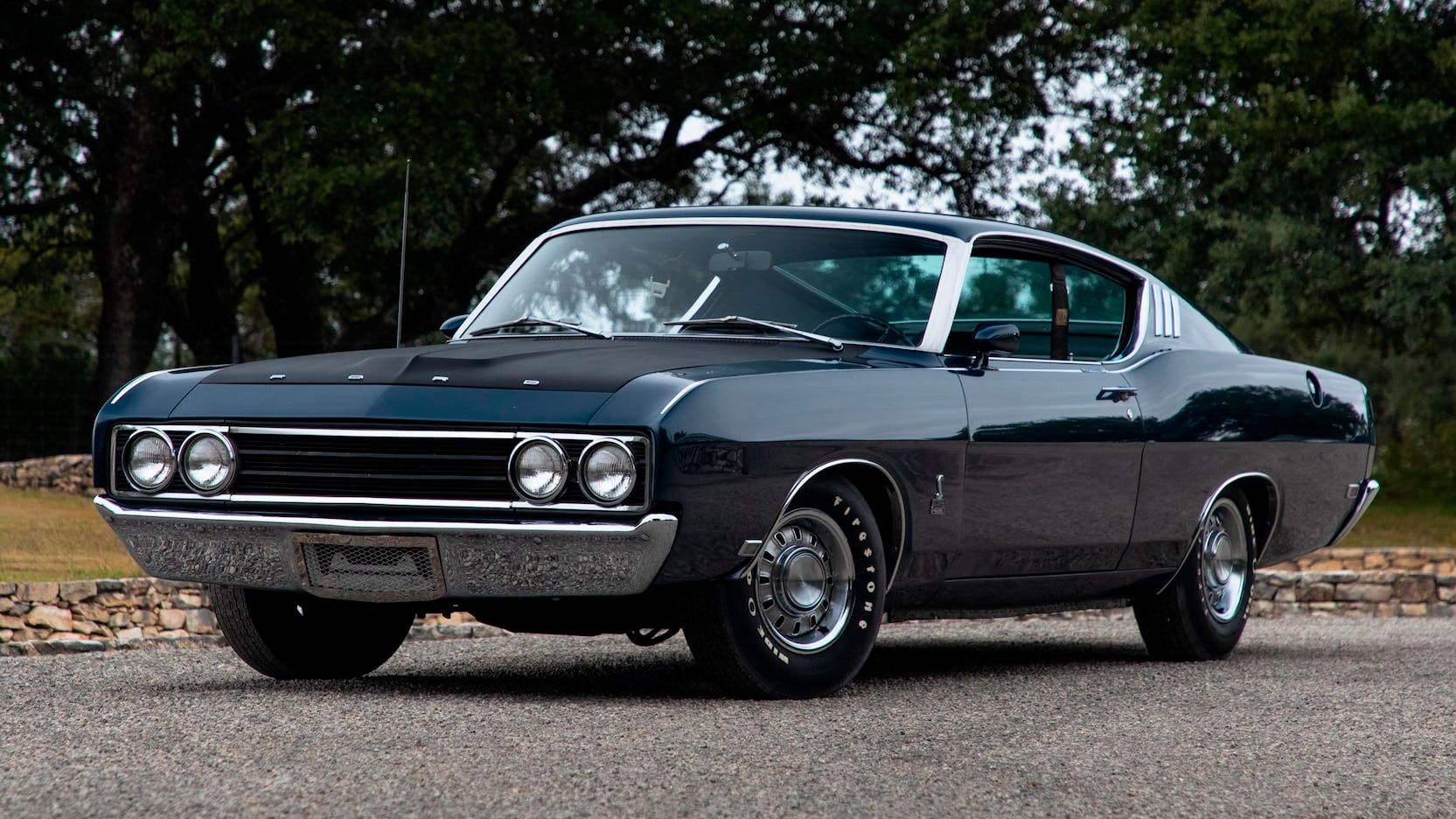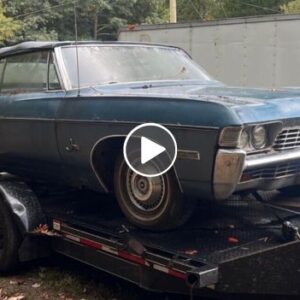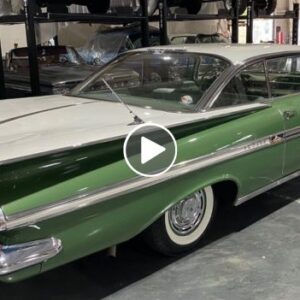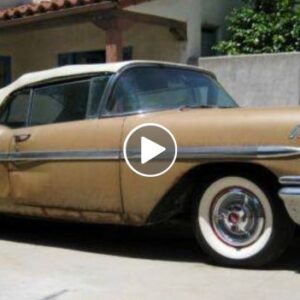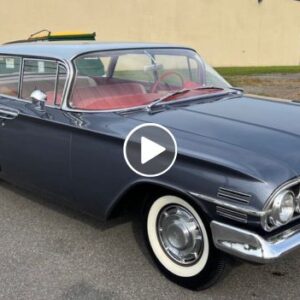YouTube channel Auto Archaeology is back to document the collection of classics, saved from destruction, and in many cases either running or in the process of getting rebuilt and restored.
What makes the haul interesting for sure is the amount of Plymouth Superbirds on show: there seem to be at least 10 of the NASCAR heroes on display in varying levels of togetherness.
Here’s what the channel’s host finds tucked away in the bowels of this intriguing building.
How Much Is The Plymouth Superbird Worth In 2023?
Built as a homologation special in around 1920 examples to compete in NASCAR, the Plymouth Road Runner-based muscle car was highly modified and came with three engine options. There was a 440-CI V8 with a 4-barrel setup and another of the same capacity with a 6-barrel setup.
A 426-CI Hemi V8 was the rarest option. The 1970 Plymouth Superbird is worth an average of $280,000, with the Hemi car being the most sought-after and worth around $650,000 at auction owing to its rarity and power. It made 425 hp.
To see a relatively-large group of real Superbirds under one roof is impressive, and the shots in the video of the barn reveal huge financial potential if they were all to receive restoration or repair. For now, they sit and wait their turn, and quite a few are runners. Early on in the video there is a Dodge Charger Daytona, the precursor to the Superbird.
Is The Ford Torino Talladega A Muscle Car?
There are two themes here – the Plymouth Superbird and the Ford Talladega. The Ford Torino Talladega got based on the Ford Fairlane and was also a homologation special. A race car for the road, it came with the 427-CI Cobra Jet V8 that was officially rated at 335 hp, but real output may have been well over 400 hp.
As Auto Archaeology’s host passes every classic machine, he lists the engines and transmission setups. There are also Mercury Cyclone Spoiler IIs, which were another NASCAR homologation car.
With so many cars to work on, some will likely sit pretty for a while longer waiting their turn. The family of the late owner and collector moved the muscle cars into one building, and they now exist as an interesting NASCAR museum.
